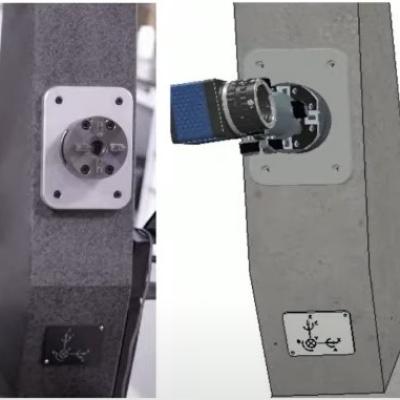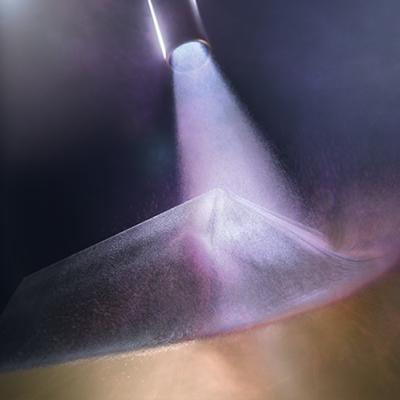Improving the active material of the Zn anode is critical to improving the practicality of Zn-MnO2 battery technology. LLNL researchers have developed a new category of 3D structured Zn anode using a direct-ink writing (DIW) printing process to create innovative hierarchical architectures. The DIW ink, which is a gel-based mixture composed of zinc metal powder and organic binders, is…
Keywords
- Show all (84)
- Additive Manufacturing (55)
- 3D Printing (8)
- Manufacturing Automation (3)
- Microfabrication (3)
- Synthesis and Processing (3)
- Volumetric Additive Manufacturing (2)
- Additively Manufactured (AM) Optics (1)
- Inertial Confinement Fusion (ICF) (1)
- Inertial Fusion Energy (IFE) (1)
- Manufacturing Simulation (1)
- Material Design (1)
- Optical Switches (1)
- Precision Engineering (1)
- (-) Manufacturing Improvements (2)
- (-) Electric Grid (1)
Image

LLNL’s novel approach utilizes a number of techniques to improve reconstruction accuracy:
- Better coding scheme-based techniques
- Hardware-assisted techniques
- Adaptive fringe projection techniques
- Multi-exposure based techniques
The method requires specific calibration procedures and control of the hardware, which is achieved through a digital twin…
Image

Versatile Cold Spray (VCS) enables deposition of brittle materials, such as thermoelectrics, magnets, and insulators, while retaining their functional properties. Materials can be deposited on substrates or arbitrary shapes with no requirement to match compositions. The VCS system is low cost, easily portable, and easy to use.
VCS has been developed in a collaboration between Lawrence Livermore…


